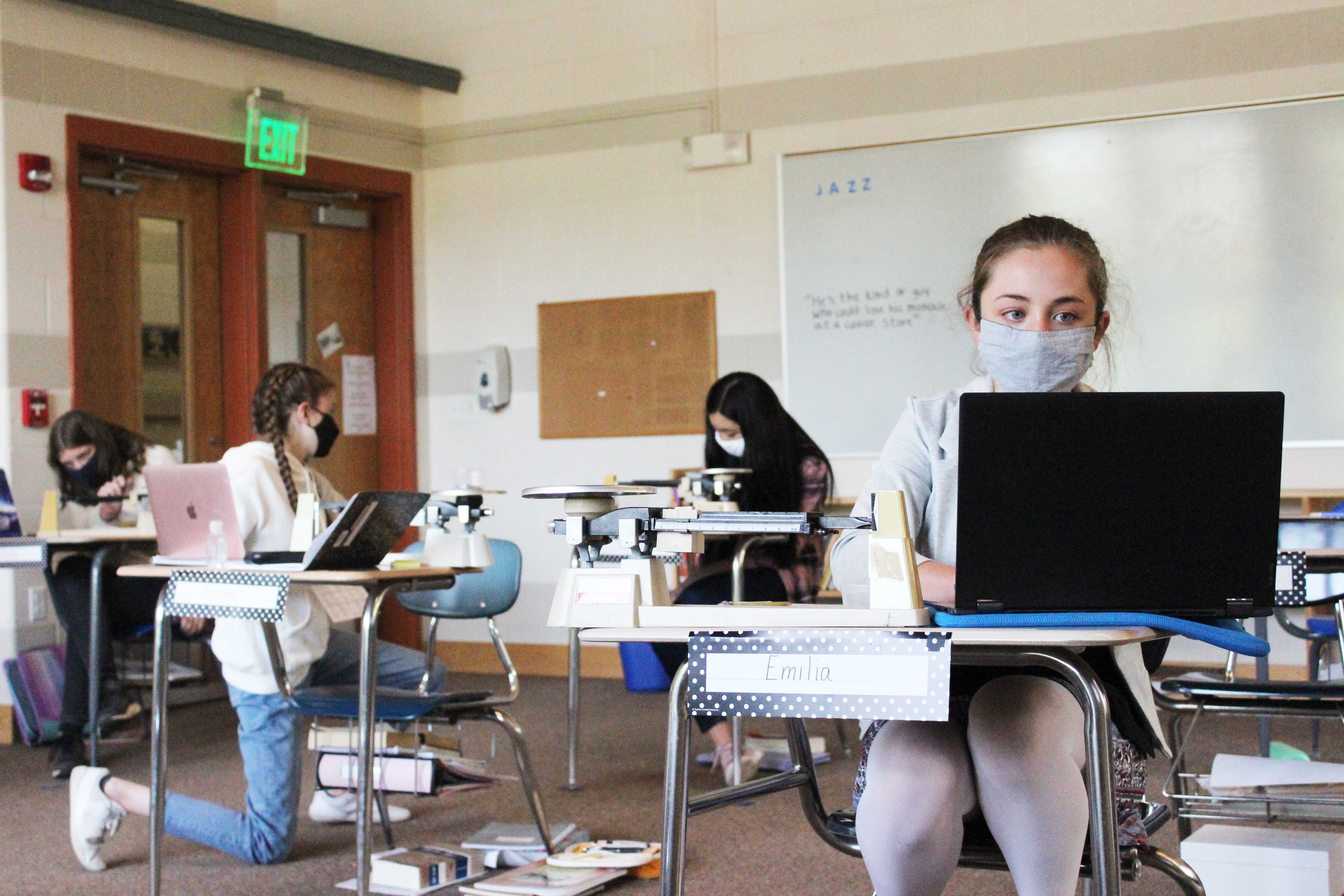
Numerous studies in neuroscience reveal the strong connection between past learning and the acquisition of new information. Cognitive psychologists sometimes refer to this principle as learning transfer, and Crossroads teachers frequently witness this kind of learning first hand as they teach the content-rich Core Knowledge sequence. As our faculty implement this curriculum over several years, facilitating learning transfer becomes more instinctive for our faculty, and they increase their effectiveness both when establishing a strong foundation of knowledge and then more intentionally building upon it with new information. And as any Crossroads teacher will tell you, the net result for students is the cultivation of a greater curiosity and a heightened desire to learn more during their highly formative K-8 years.
Of course, last spring teachers and students had to adapt to distance learning, making this transfer of knowledge more challenging on several levels. What teachers refer to as “scaffolding”, or making connections to concepts in the curriculum, was more difficult to structure and facilitate from remote locations. However, after resuming our instruction over the last month, I am pleased to hear from teachers that learning is now accelerating across all grade levels in the ways we had hoped and previously enjoyed. In other words, this gap in on-site instruction does not seem to have caused any long-term impact on learning habits or adversely affected our students’ eagerness to engage with our curriculum and learn deeply across disciplines. In fact, some teachers have even commented that our students are more eager to learn than ever!
As teachers at Crossroads prioritize building upon previous lessons with new material, it becomes more likely that students will understand and begin to use the new concepts they master in a variety of contexts, including bringing their new knowledge (and excitement about what they’ve learned) back to their home environments. And just as importantly, this new knowledge helps both teachers and students return to a greater degree of normalcy in their teaching and learning, all while fostering greater curiosity and a greater level of engagement in our classrooms. As this feeling of normalcy takes root, we believe it will also help our students both socially and emotionally. And these renewed feelings of normalcy, in turn, will help the learning accelerate to an even greater extent. What a different one month in school can make!




